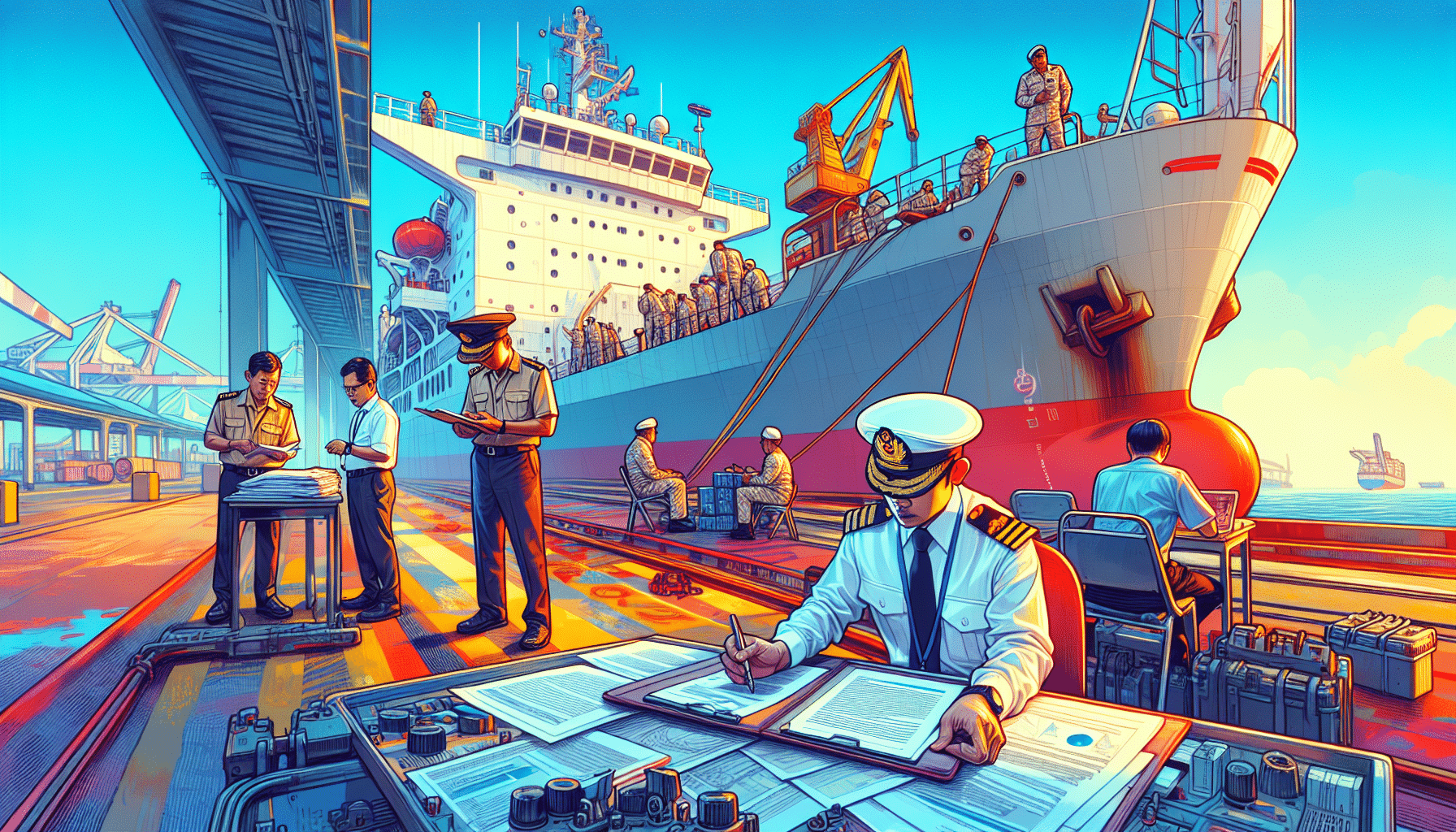Introduction to Port State Control
Port State Control (PSC) is a globally recognized system used by maritime authorities to ensure that visiting foreign ships comply with international regulations for safety, security, and environmental protection. This enforcement mechanism plays a crucial role in maintaining high standards of maritime operational integrity and safeguarding marine environments from the perils of maritime operations.
Origins and Evolution of Port State Control
The concept of PSC originated from the need to enforce international maritime conventions proactively to prevent maritime accidents and pollution. The United Nations International Maritime Organization (IMO) oversees the framework, which is implemented through regional agreements among countries. The first of these, the Paris MoU (Memorandum of Understanding), was established in 1982, followed by others including Tokyo MoU, Mediterranean MoU, and more, covering most of the globe’s waterways.
Key International Conventions
Port State Control inspections rely heavily on a suite of international conventions. Primary among these are:
- The International Convention for the Safety of Life at Sea (SOLAS), 1974
- The International Convention for the Prevention of Pollution from Ships (MARPOL), 1973/78
- The International Convention on Standards of Training, Certification and Watchkeeping for Seafarers (STCW), 1978
- The Maritime Labour Convention (MLC), 2006
Each of these conventions sets out the minimum standards for ship condition, equipment, operation, and crew qualifications. PSC inspections ensure these standards are met.
Port State Control Procedures
PSC inspections are conducted by officers representing maritime authorities of the port state. These officers, often called PSC inspectors, have the authority to inspect any foreign ship visiting the port and assess its condition and operations based on the international conventions it is subject to.
Inspection Process
The inspection process usually begins with an initial inspection, which may involve reviewing the ship’s documents and certificates, conducting a visual inspection of the ship’s condition, and checking the crew’s competency. If there are clear grounds or suspicions of deficiencies, a more detailed inspection can be carried out. Areas often scrutinized include the ship’s structure, life-saving appliances, navigation equipment, and engine room operations.
Criteria for Targeting Ships
Not all ships are inspected with the same frequency. The selection of ships for inspection is based on a targeting system which takes into account various factors such as:
- The ship’s age and type
- Previous inspection results
- Reports of deficiencies on previous visits
- The performance of the flag state
- Information from Classification Societies
This approach helps maritime authorities focus resources on higher-risk vessels while maintaining compliance across the broader shipping industry.
Enforcement and Its Implications
When deficiencies are found during an inspection, actions taken by the PSC may range from recording deficiencies to be rectified within a certain time frame, to detaining the ship until serious deficiencies are rectified. The implications for failing PSC inspections can be severe. Detentions can cause operational delays and financial losses for shipping companies. Moreover, repeated detentions or serious deficiencies might impact the ship’s insurance and classification status.
Global Impacts of PSC on Maritime Safety
The effectiveness of the PSC system in improving global maritime safety cannot be underestimated. Statistical analyses show a decrease in detentions and deficiencies globally, indicating an improvement in compliance with safety standards. This not only helps in protecting the marine environment but also enhances the safety of lives at sea.
Port State Control is a crucial aspect of maritime regulation, acting as a frontline defense against substandard shipping practices. Through rigorous enforcement of international laws, PSC ensures that maritime activities are conducted safely and responsibly, thus preserving marine ecosystems and ensuring the safety of cargo and personnel across the world’s oceans.






